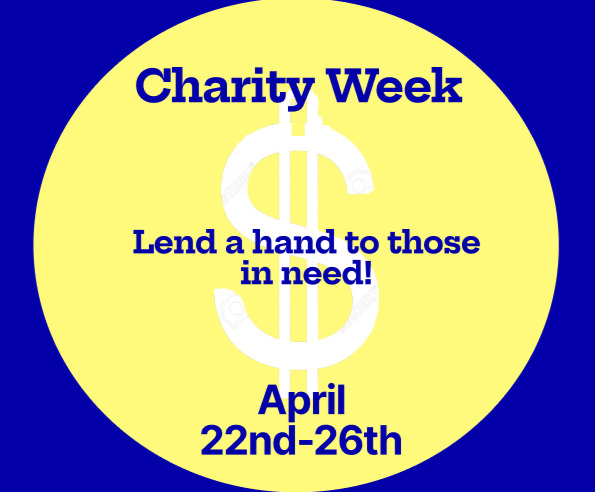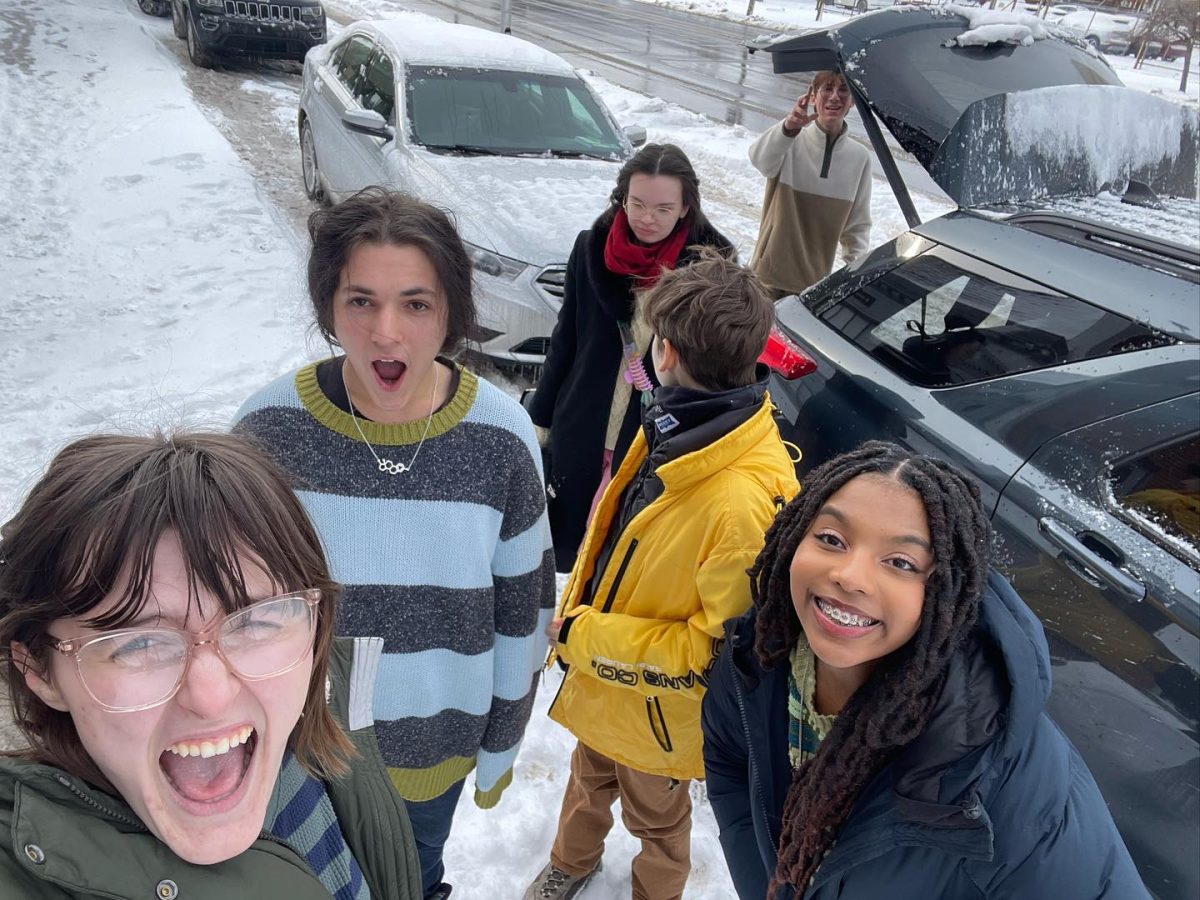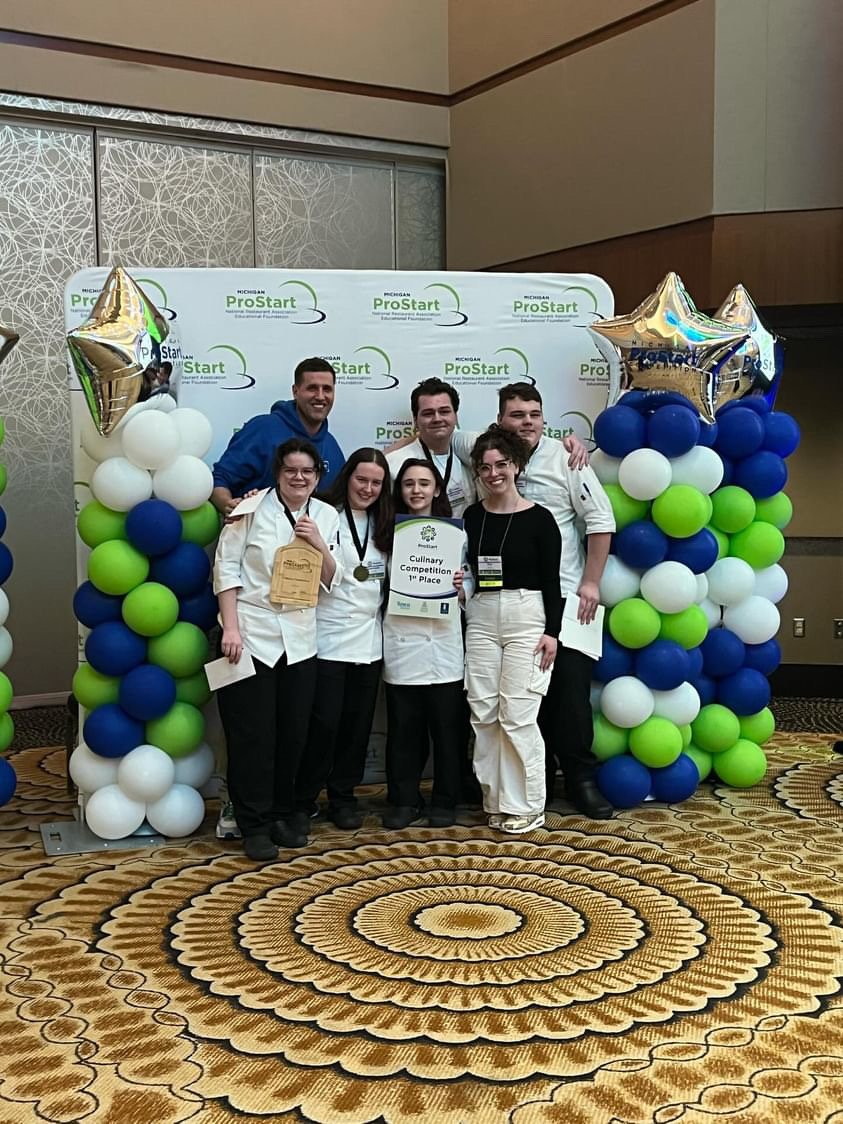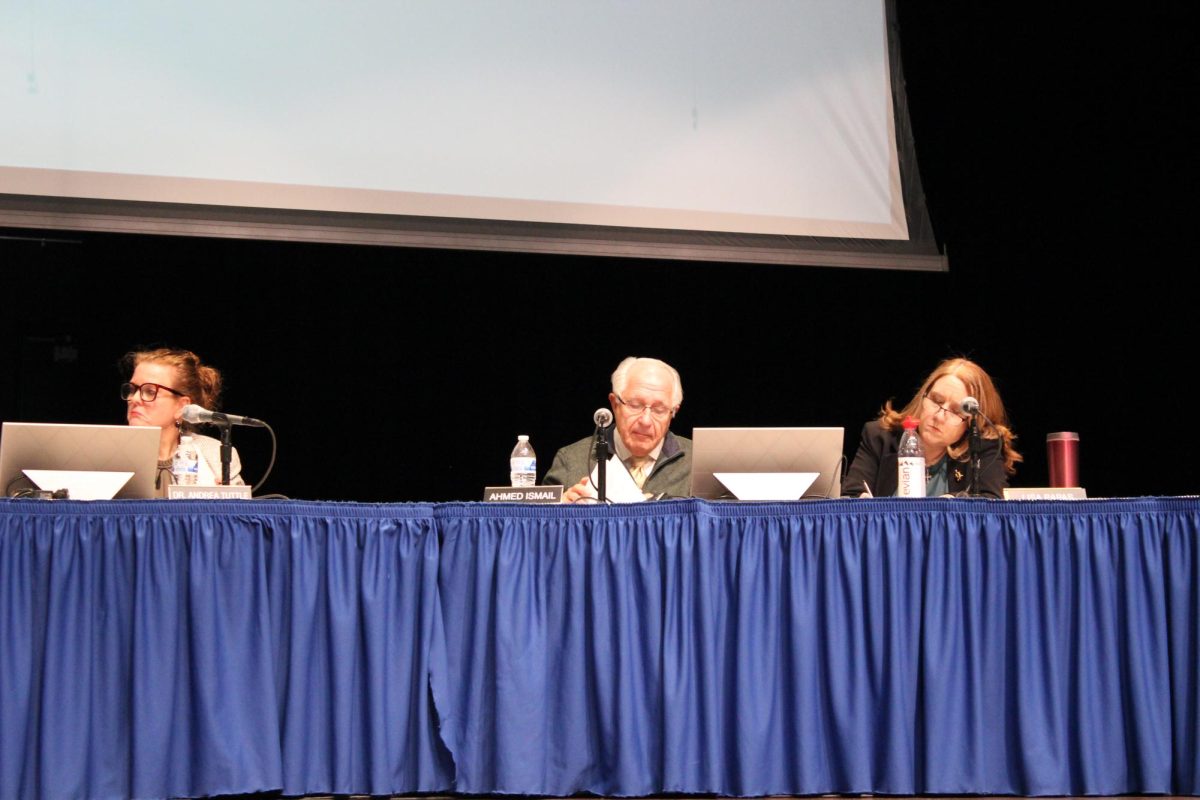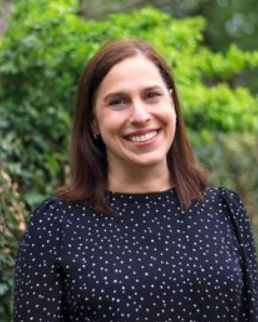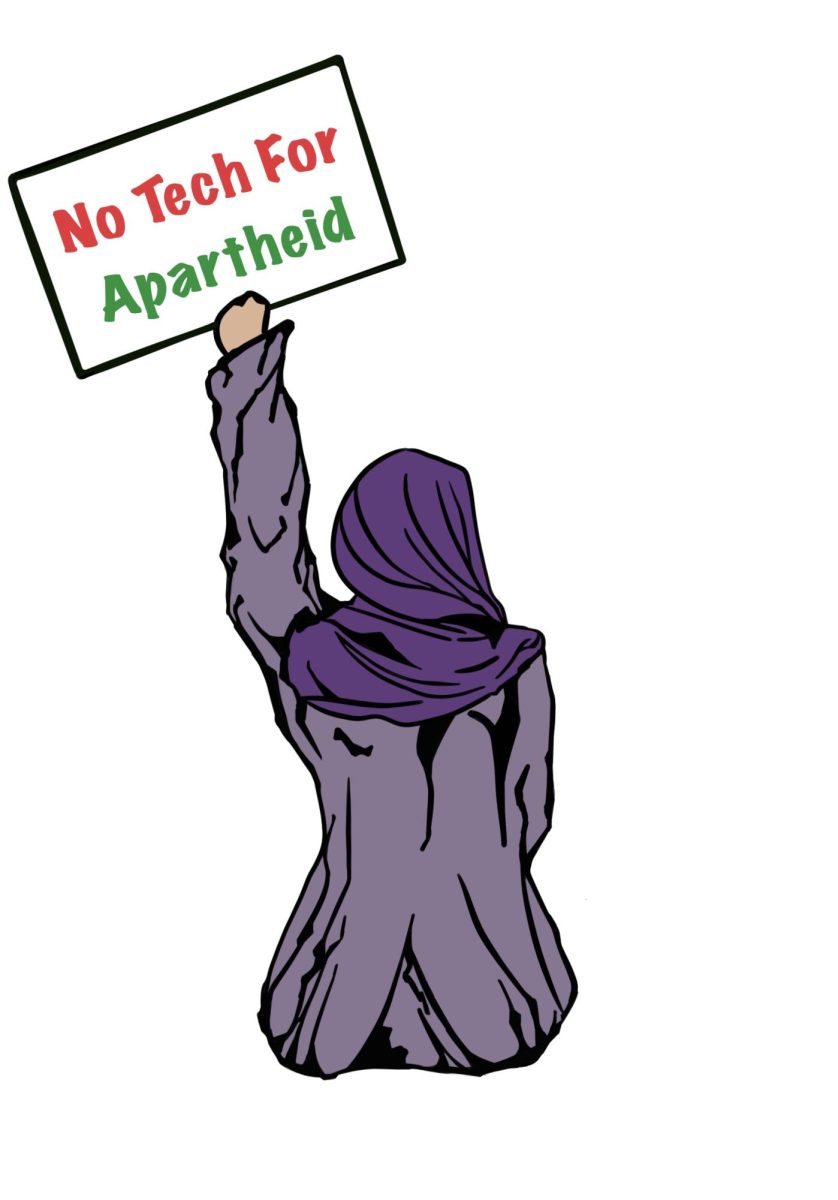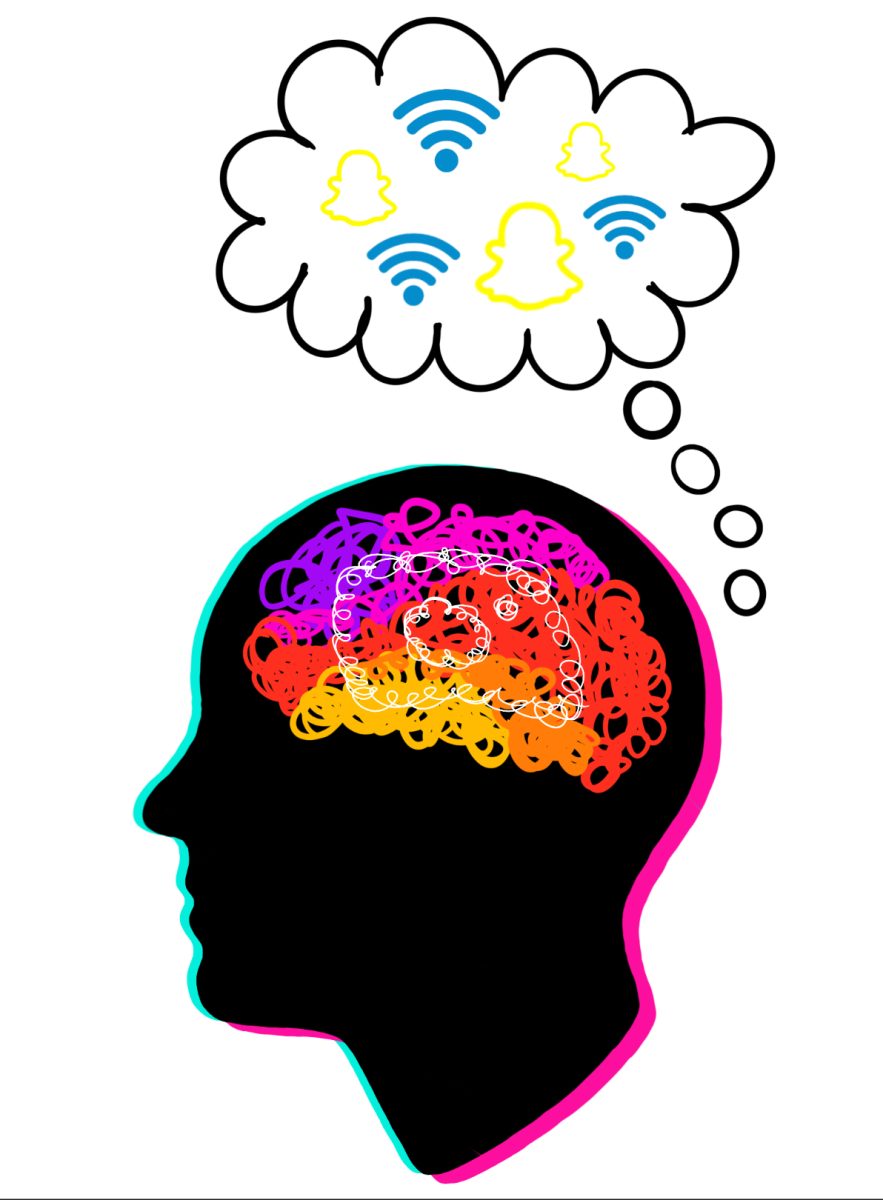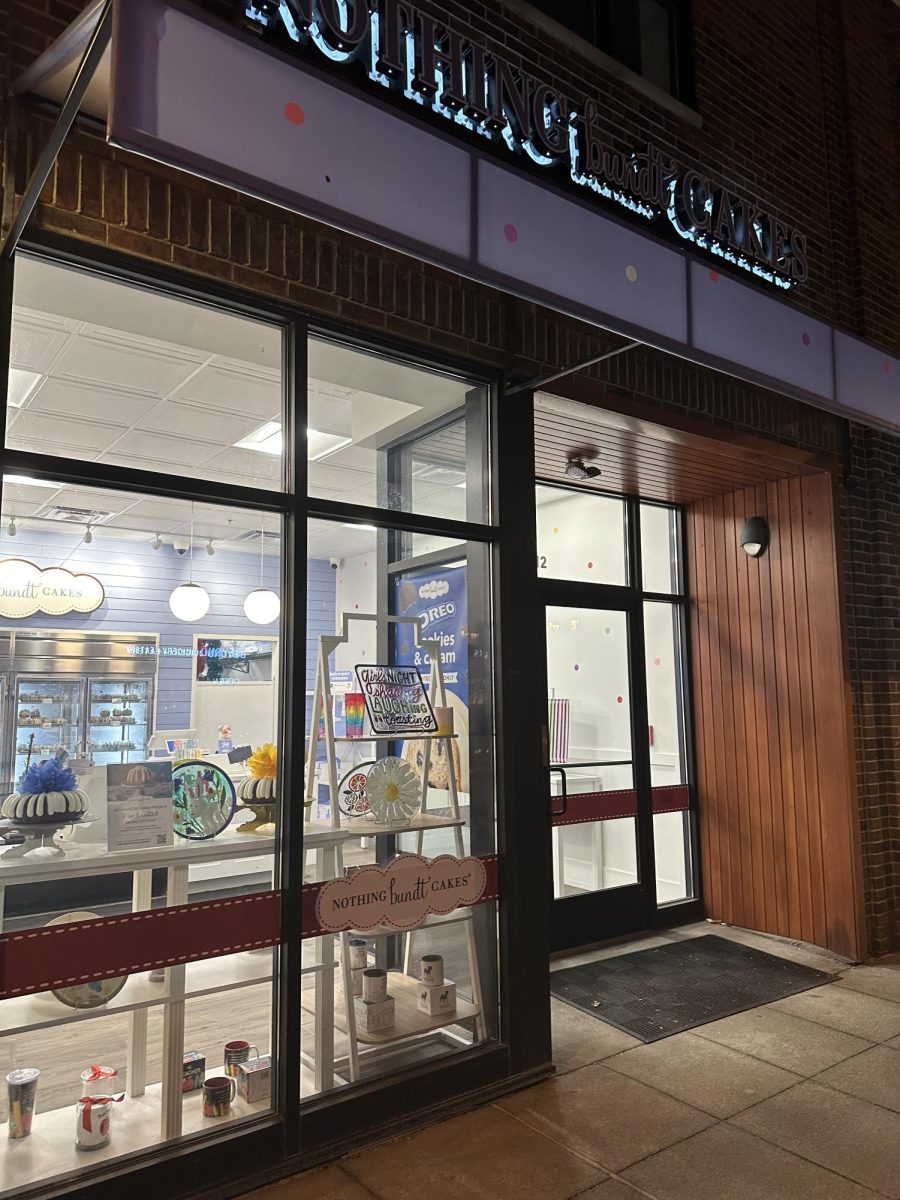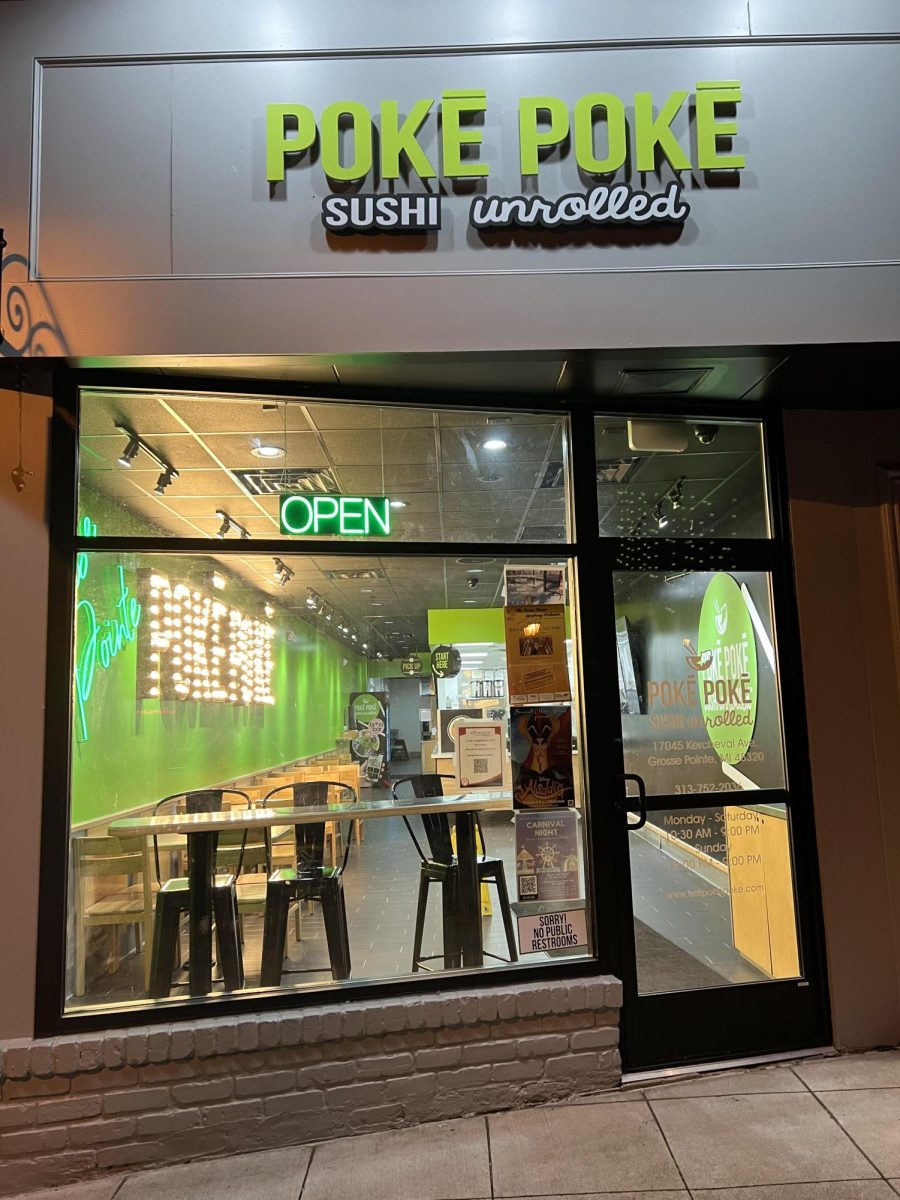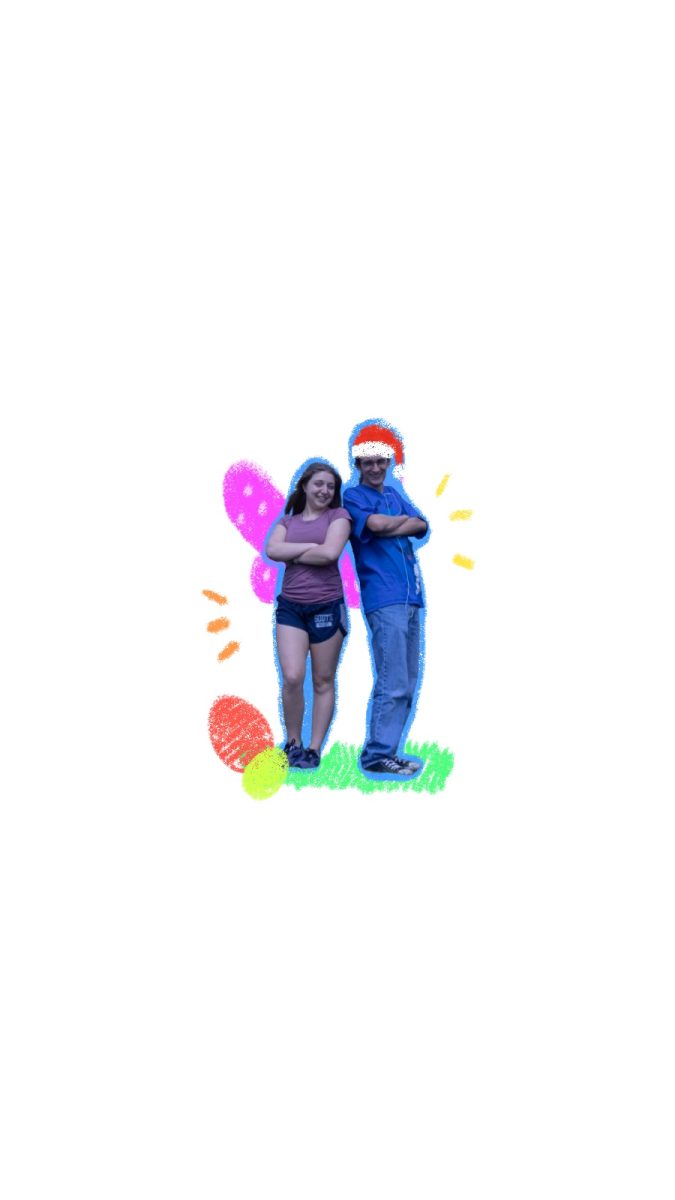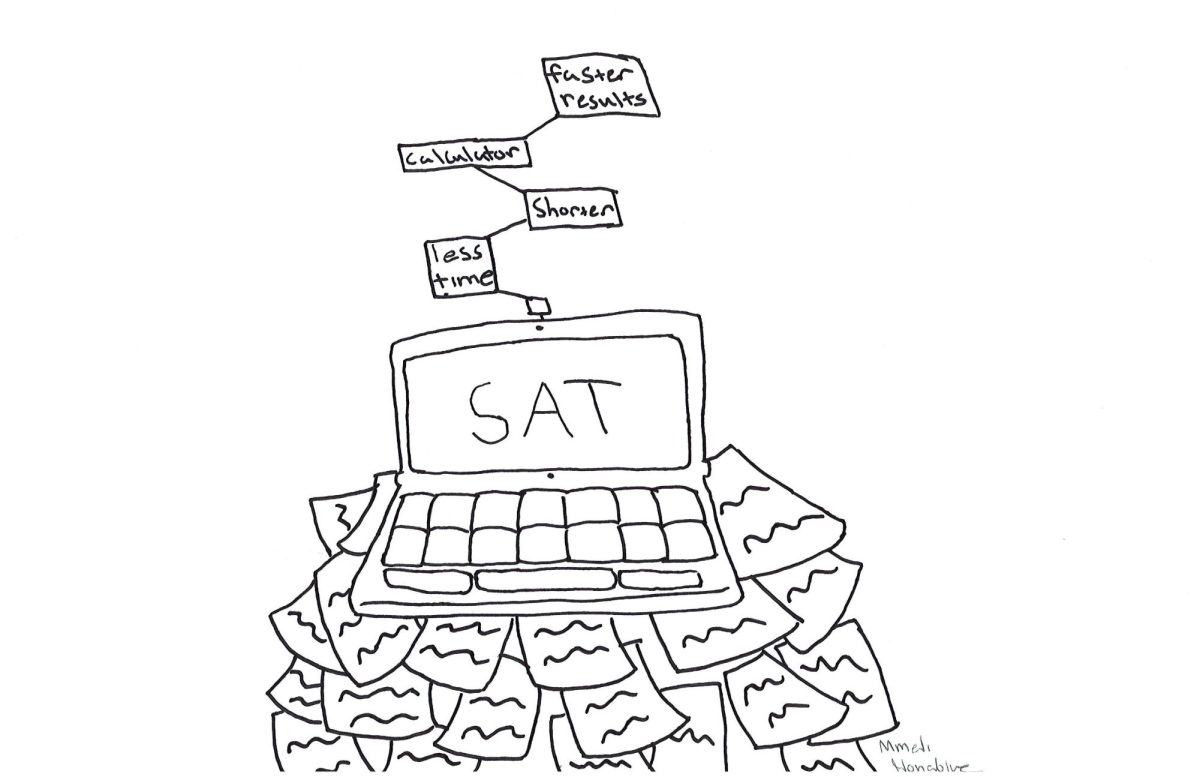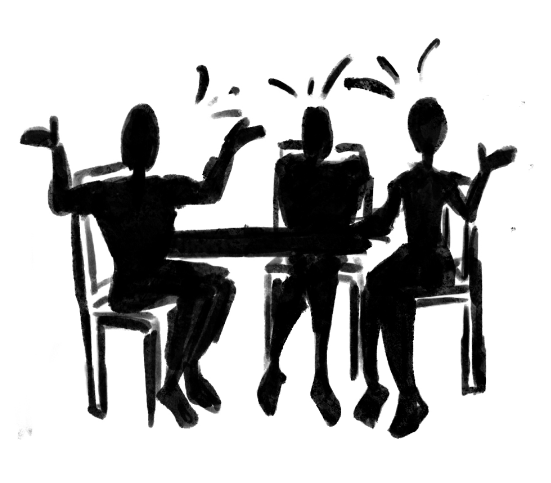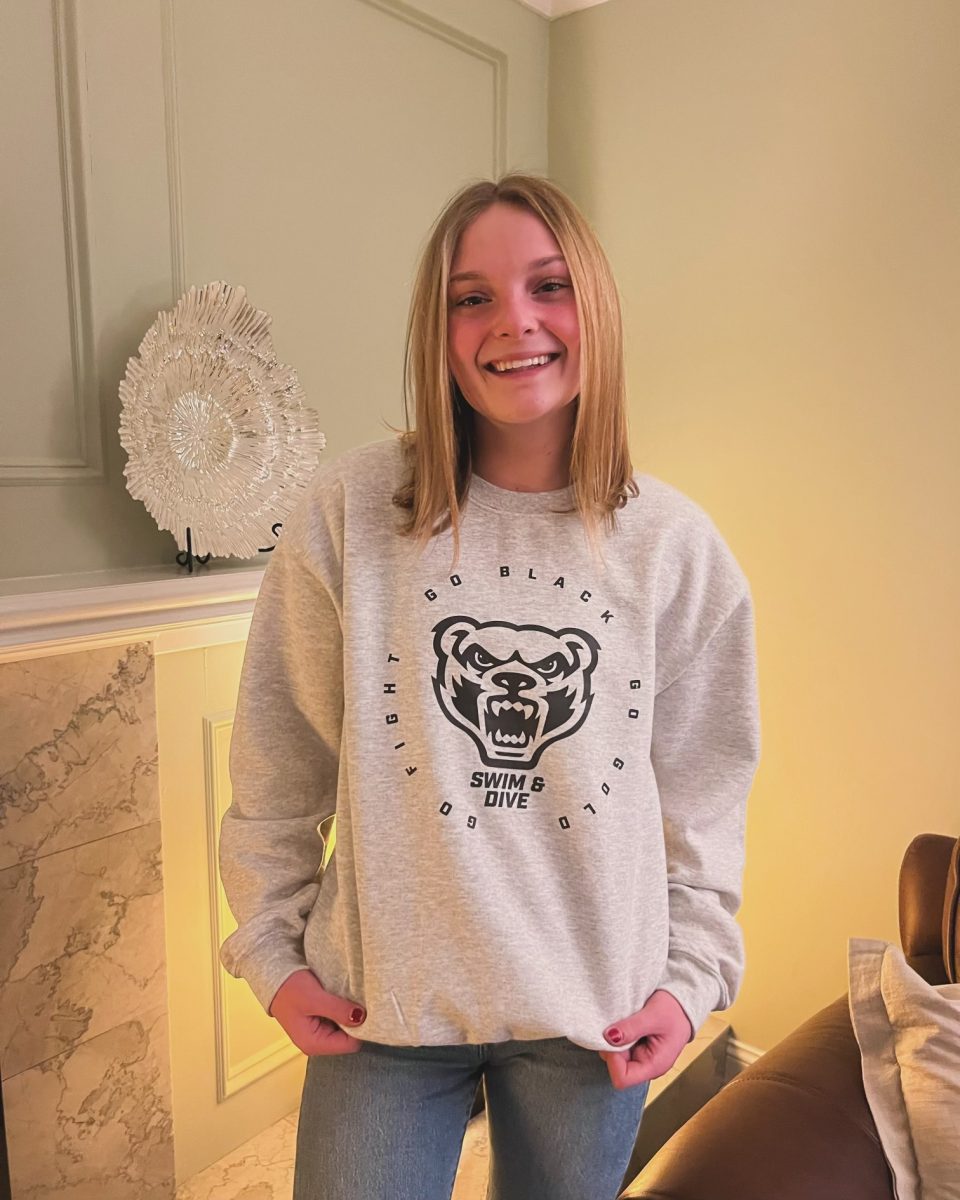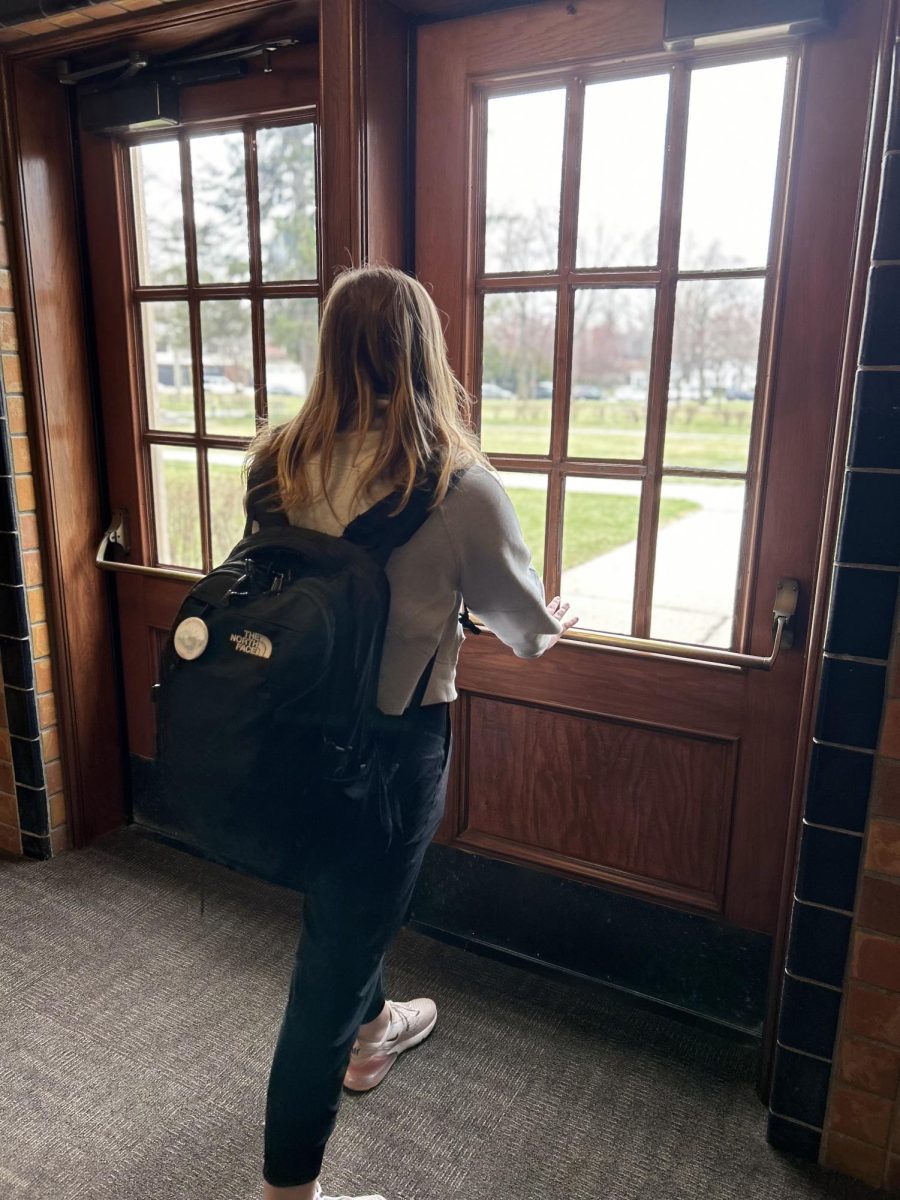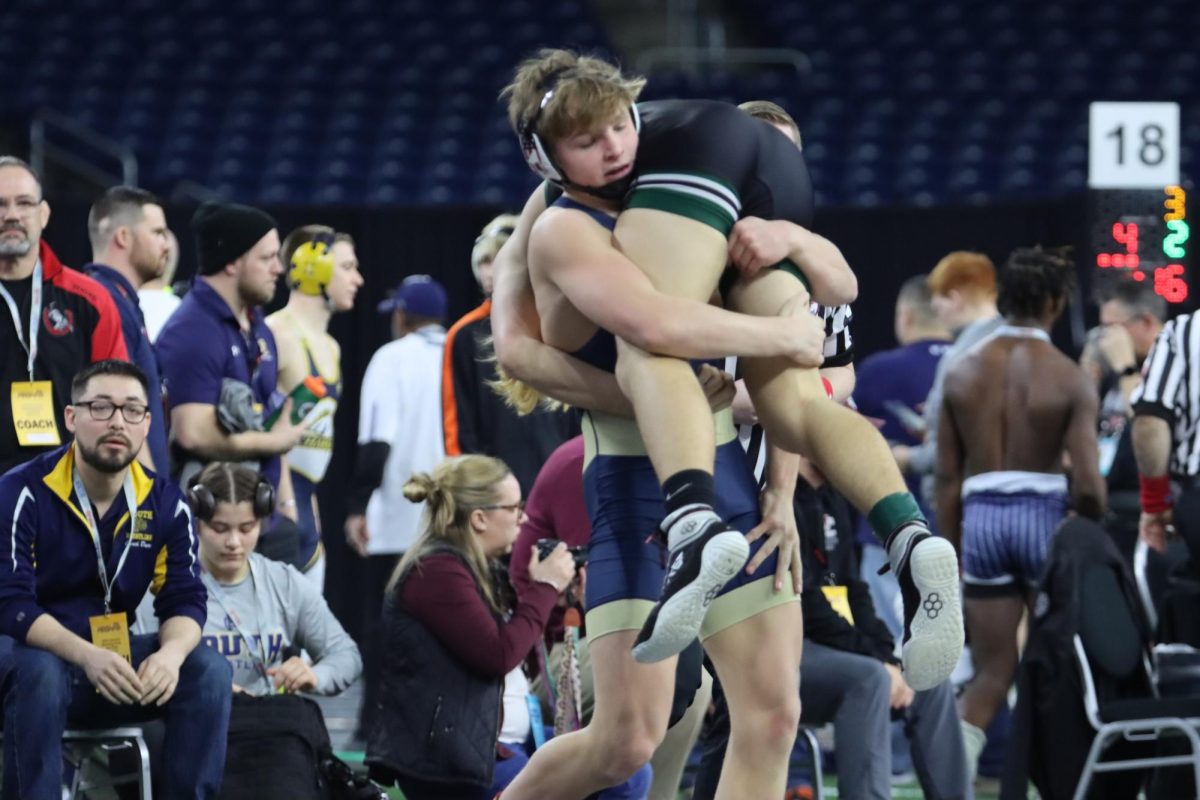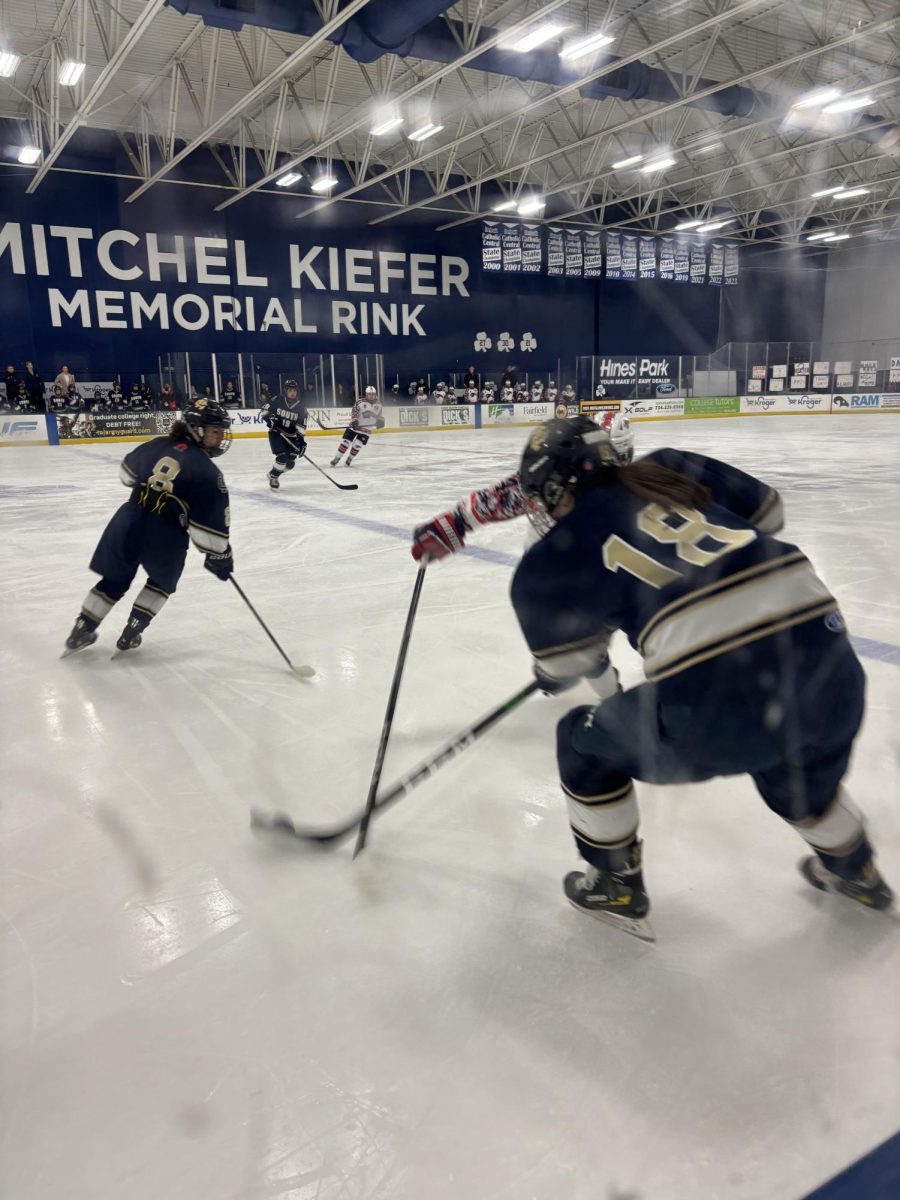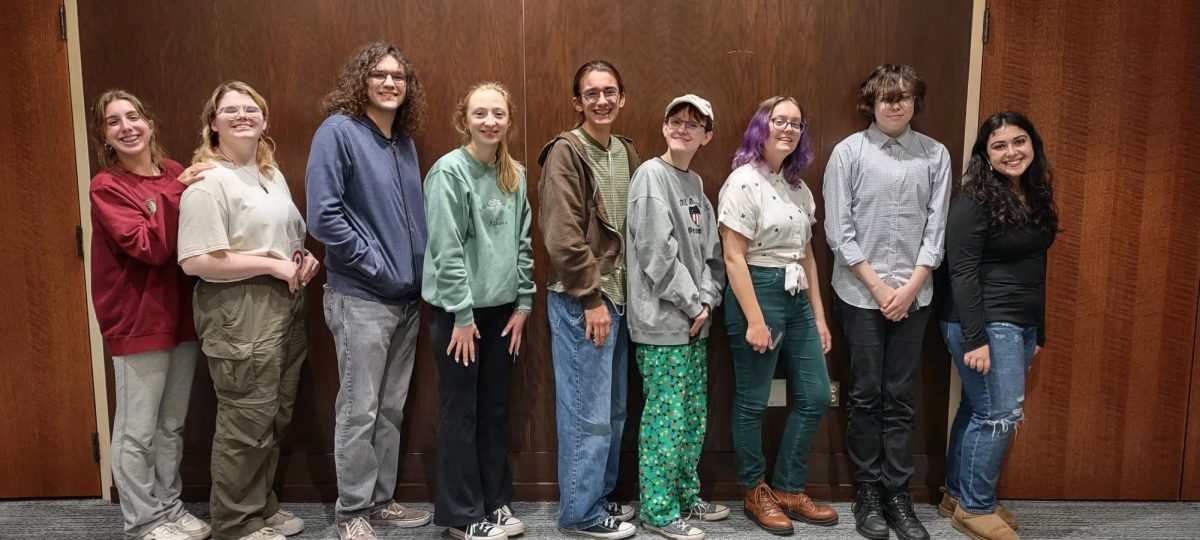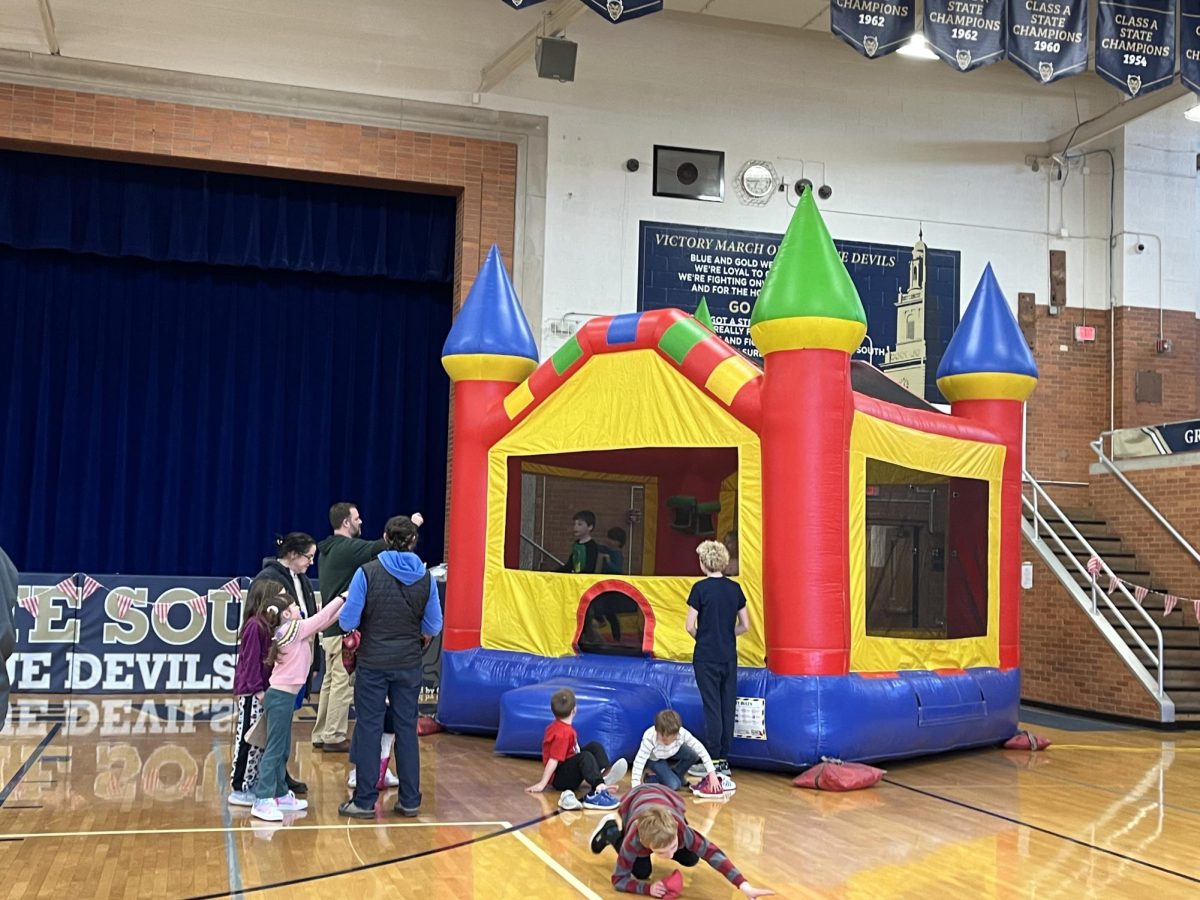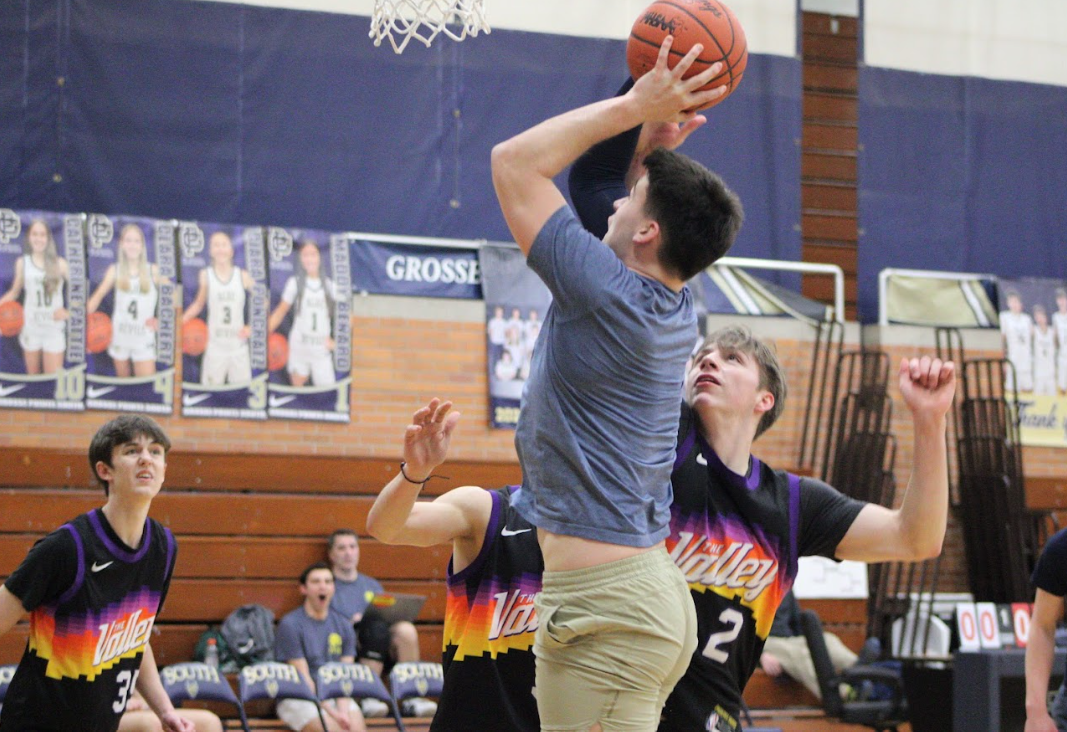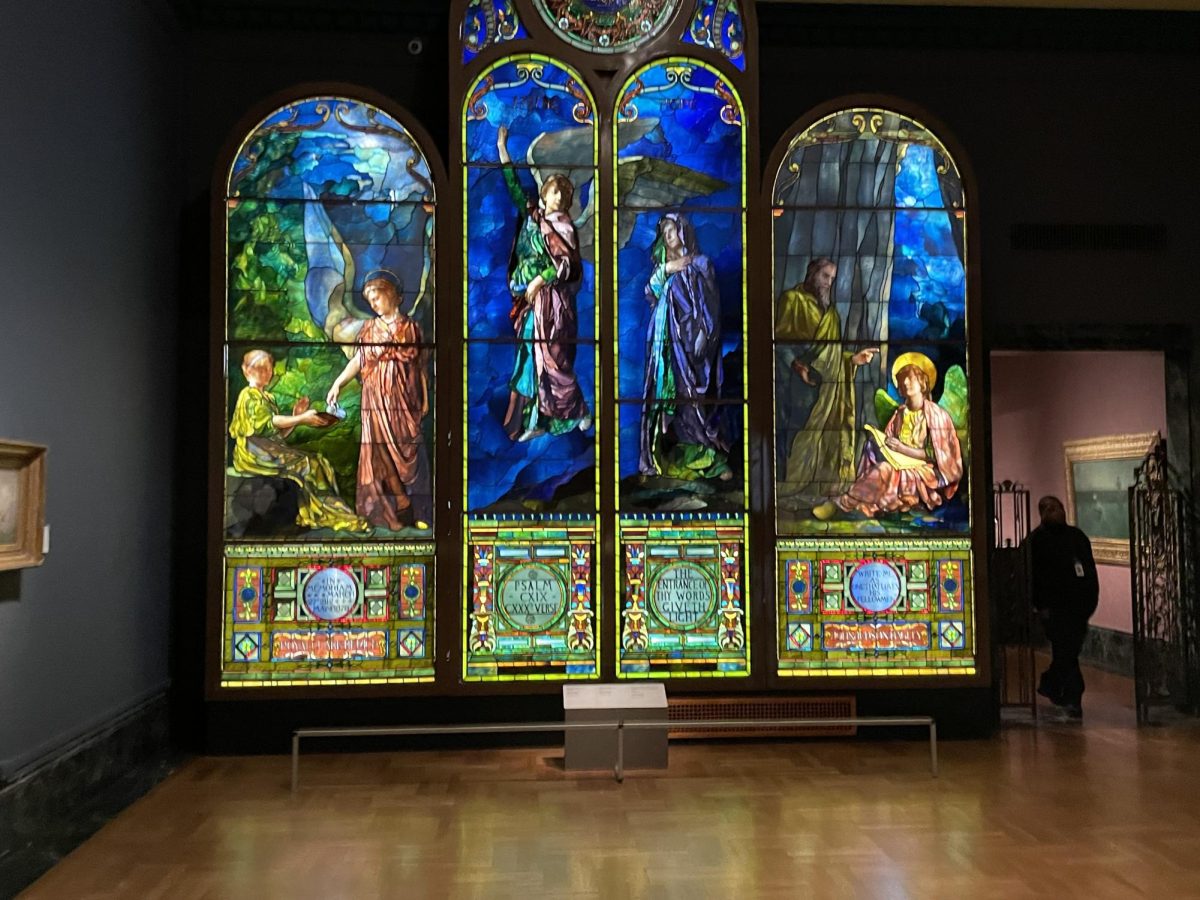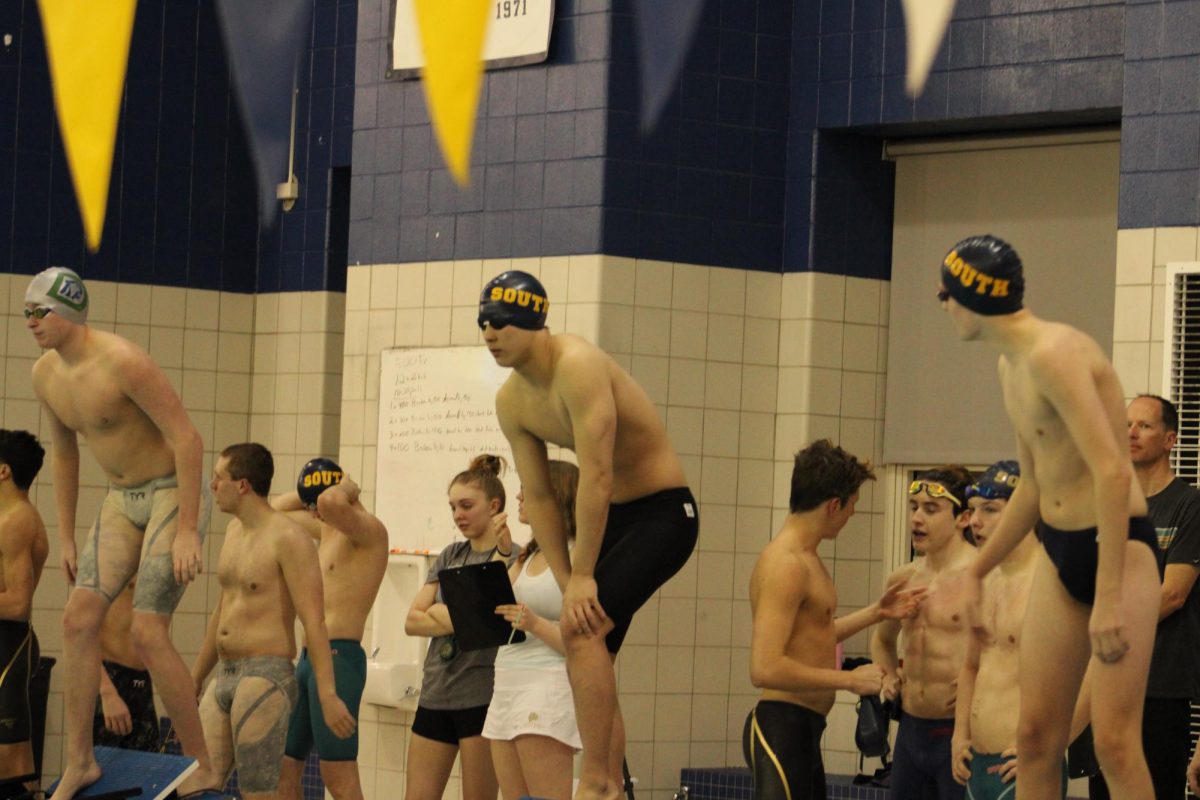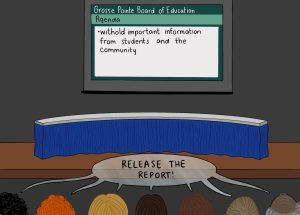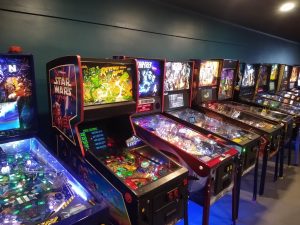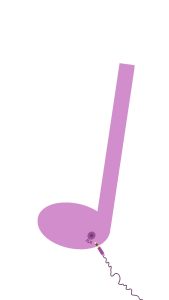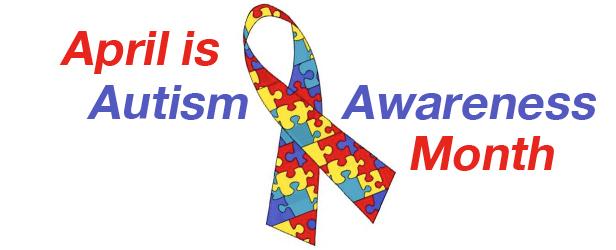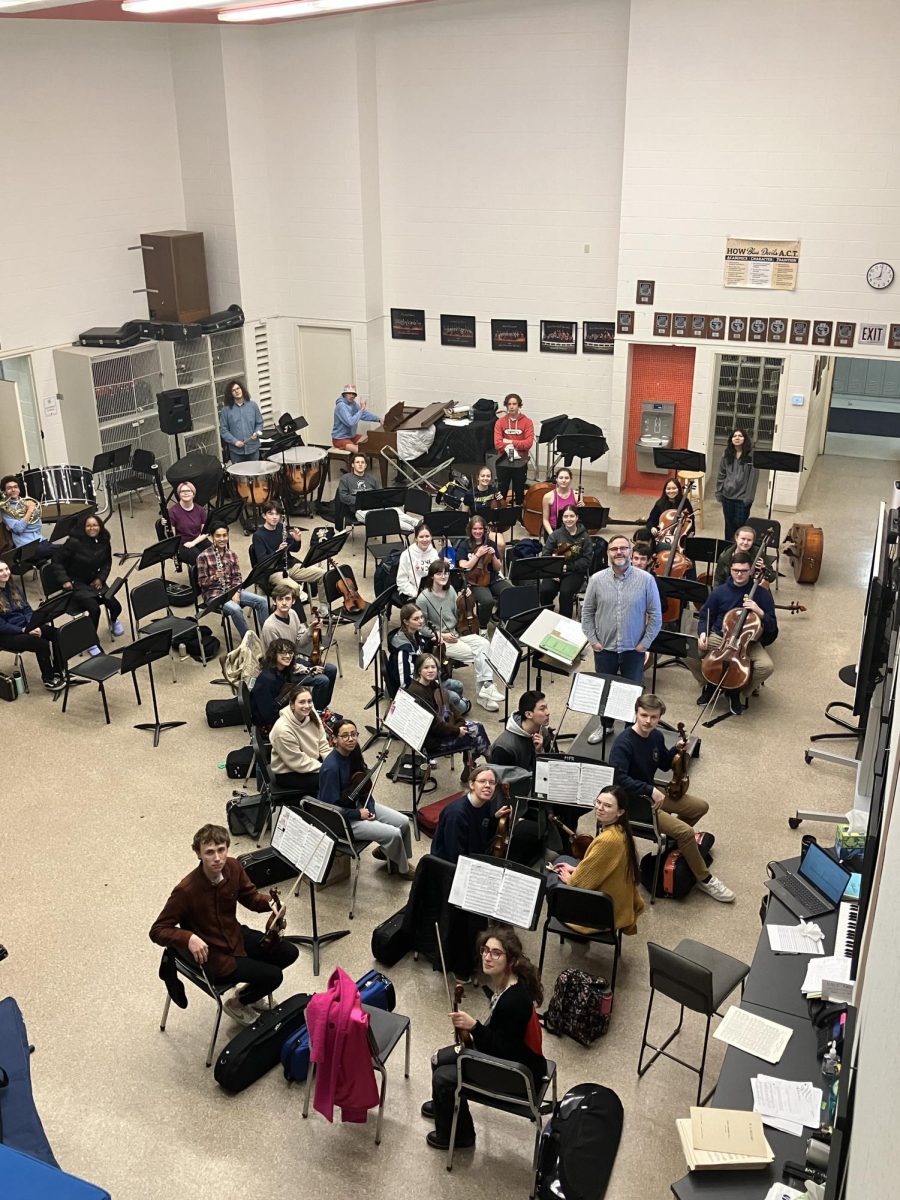By Haley Vercruysse ’16 | Supervising Editor
“People with autism–our students here–they’re people first. They’re teenagers first. They’re a part of our society,” South ASD teacher Stacey Mutafis said. “They are going to be important members of the community and of the school, and it’s important to be aware and accept and learn how to coexist.”
By building awareness of autism spectrum disorders, the Grosse Pointe Public School System (GPPSS) hopes to create a more unified community and establish a better understanding of how to instructionally and emotionally support students with autism, said Director of Student Services Stephanie Hayes.
“Creating awareness for other students helps them gain an understanding of what our (special education) students truly struggle with on a day to day basis,” Brownell ASD teacher Rosemary Nuttall said. “This helps to breed compassion and acceptance, which in turn really helps our students succeed.”
Throughout the month of April, which is nationally recognized as Autism Awareness Month, schools across the district endeavor to raise awareness by hosting fundraisers and giving presentations, among other efforts, Hayes said.
South, specifically, has been promoting awareness and acceptance through school-wide participation in Light it Up Blue day on April 8, encouraging the staff and Peer to Peer links to wear their organization shirts and making banners, Mutafis said.
In addition to these actions, Mutafis said she thinks both the special education and general education students would benefit from an open dialogue. To allow for this, she has considered founding a club in which general education students could ask and have questions answered.
“I would love to sit with groups of students, like the gen-ed kids, and explain to them certain behaviors they’ll see and how to react–how to include them,” Mutafis said.
Autism can be difficult to understand because it is such a complex disorder that manifests in a variety of ways.
“The thing with autism is you could have students who can’t speak, who you know, just looking at, have a disability,” Mutafis said. “But then you have students on the spectrum who you don’t really know have a disability, but yet they still struggle so much socially and those kids tend to be the ones who have no friends, who are completely shut out, because no one really knows how to accept the odd behaviors or the inappropriate behaviors.”
Impairment in social interaction, as well as impairment in communication, repetitive behaviors and restricted interests are commonly referred to as the absolute indicators of autism, according to firstsigns.org.
As a result of these factors, children with autism tend to respond to stressors inappropriately, Mutafis said. They may throw temper tantrums, become violent or shut down. In these situations continued acceptance in spite of their actions is crucial, though one does not necessarily need to be OK with what they did.
“The biggest thing that I can think of is just remembering that not every student with autism is the same,” Mutafis said. “Some might look like any other teenager walking the halls, and some might even talk and speak like any other teenager, but remember that in those moments of difficult social situations, they might talk and walk, but they’re not going to act and make the best decisions.”
A common misconception regarding children with autism is that behavior is a choice, Nuttall said.
“In people with autism, there is often a communication deficit,” Nuttall said. “Behavior is actually communication. When a person with autism does something and you don’t quite understand why, it is usually that person trying to communicate something to you, but they don’t know exactly how to do it.”
Exposure to typical social interactions can help students with autism overcome social deficits, Mutafis said.
For this reason, a general education setting, where students with autism are intermingled with other students, is ideal over segregated program models, Mutafis, who has previous experience working in a center based program, said.
“All those years that I worked in the center based (program), my goal was to get them back to a gen-ed setting so that they could have teenage experiences: clubs, sports, after school events, whatever that may be,” Mutafis said.
General education students can provide instruction and support to their special education peers by simply engaging in conversations as they walk down the hall, Mutafis said.
“Our kids struggle with initiating, starting a conversation,” Mutafis said. “You guys are teaching them just when you walk by and go, ‘Hi so-and-so, how’s it going?’ They’re learning ‘Oh, it’s as simple as just saying hi’ and not walking by your friends. When you guys do that, right there, you were a teacher.”
Mutafis said she believes student peers are capable of positively influencing students with autism in ways teachers cannot, particularly with respect to socialization.
“Us teachers and adults–we give them the tools. But you guys are the ones they want to be encouraged by.”
As a district, the GPPSS supports special needs students and their families through categorical programming, inclusive learning opportunities and teacher consultant support, Hayes said. The special education program services students from birth to age 26.
“We have overall beliefs that we can and will support students with disabilities in an inclusive community,” Hayes said. “We want all of our students to have equal opportunities.”
The student services department strives to provide programs and services in the least restrictive environment for each individual student, Hayes said.
“This is a great city,” Mutafis said. “They plan. They program for all students here in Grosse Pointe.”
Hayes said she is particularly proud of how the student services team has worked with families to provide for students of all eligibilities and disabilities.
“We want to provide enough support to help the students be successful, but at the same time, still need to make it challenging to help the students grow,” Nuttall said. “So, while we save many of the things that we create to assist students, we usually have to tweak or recreate materials to meet individual needs.”
Outside of the classroom, the district offers further opportunities for special needs students to become engaged, active members of the school community through organizations like Peer to Peer.
“(In a general education setting) you’re getting to see … the friendships that they build, the connections, the things they’re involved with … ” Mutafis said. “This is what life is–you’re a part of a community. You don’t have to be singled out. You’re just an active member of a community.”

